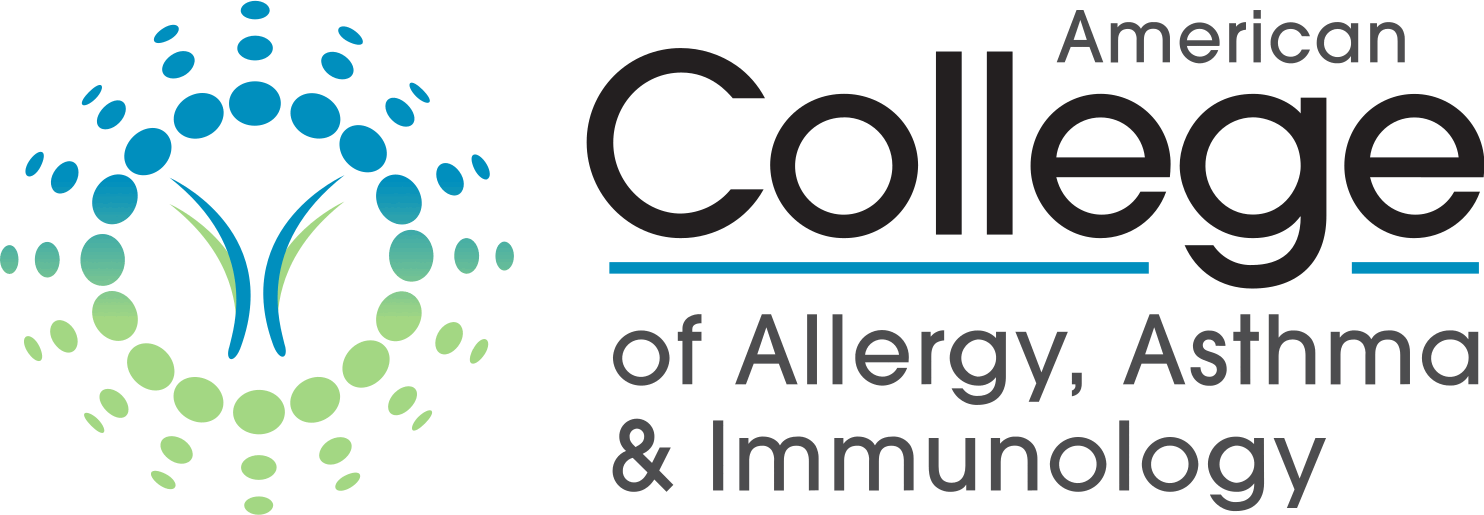Newswise — BALTIMORE, MD. (November 8, 2013) – If you think your child’s stuffy nose is due to an autumn cold, you might want to consider allergies, especially if you live in the southern region of the United States. A study being presented this week at the Annual Scientific Meeting of the American College of Allergy, Asthma and Immunology (ACAAI) found hay fever is more prevalent in children living in the southeastern and southern states.
“The study found more than 18 percent of children and adolescents have hay fever in the United States, with the highest frequency in the southeastern and southern regions of the country,” said allergist Michael Foggs, MD, ACAAI president-elect. “While the reason is unknown, it is most likely due to climate factors.”
Environmental influences, such as temperature, precipitation and UV index in the southern regions seem to be responsible for the increase in allergy sufferers.
Researchers studied 91,642 children aged 17-years-old and younger that took part in a 2007 National Survey of Children’s Health. The states with the lowest population of children suffering from hay fever were found to be Alaska, Montana and Vermont.
“According to the study, wetter regions with average humidity were associated with a decreased number of children with hay fever,” said Dr. Foggs. “The study also found areas of the south with warm temperatures and elevated UV indexes seem to harbor more hay fever sufferers.”
Hay Fever, also known as allergic rhinitis, most commonly occurs in the spring and fall months, but can last year round for some of the 50 million Americans with allergies.
ACAAI warns allergens are difficult to avoid, and parents shouldn’t consider moving to help their children find allergy relief.
“An allergy sufferer may escape one allergy to ragweed for example, only to develop sensitivity to other allergens, such as grasses, in a new location,” said allergist Stanley Fineman, MD, ACAAI past president. “Allergens, such as pollen, can be found in virtually all regions, including Hawaii, Alaska and Maine, making avoidance nearly impossible. This study shows that climate truly influences allergens which can ultimately trigger symptoms in those affected.”
According to ACAAI allergists, the most common hay fever symptoms include:• Runny nose • Itching • Sneezing • Stuffy nose due to blockage or congestion
Parents who believe their child may be suffering from hay fever should schedule an appointment with a board-certified allergist for proper testing, diagnosis and treatment. Allergy treatment may go beyond over-the-counter medications and include immunotherapy (allergy shots), which can alter allergy progression, curing patients of symptoms while preventing the development of other allergies.
Parents can use the free MyNasalAllergyJournal.org to track their children’s allergies, identify triggers and pinpoint effective medications. This information can be shared with their allergist to find relief.
The ACAAI Annual Meeting is being held Nov. 7-11 at the Baltimore Convention Center in Baltimore. For more news and research being presented at the meeting, follow the conversation on Twitter #ACAAI.
About ACAAIThe ACAAI is a professional medical organization of more than 5,700 allergists-immunologists and allied health professionals, headquartered in Arlington Heights, Ill. The College fosters a culture of collaboration and congeniality in which its members work together and with others toward the common goals of patient care, education, advocacy and research. ACAAI allergists are board-certified physicians trained to diagnose allergies and asthma, administer immunotherapy, and provide patients with the best treatment outcomes. For more information and to find relief, visit AllergyandAsthmaRelief.org. Join us on Facebook, Pinterest and Twitter.
# # #
MEDIA CONTACT
Register for reporter access to contact detailsCITATIONS
Annual Scientific Meeting of the American College of Allergy, Asthma and Immunology (ACAAI)
